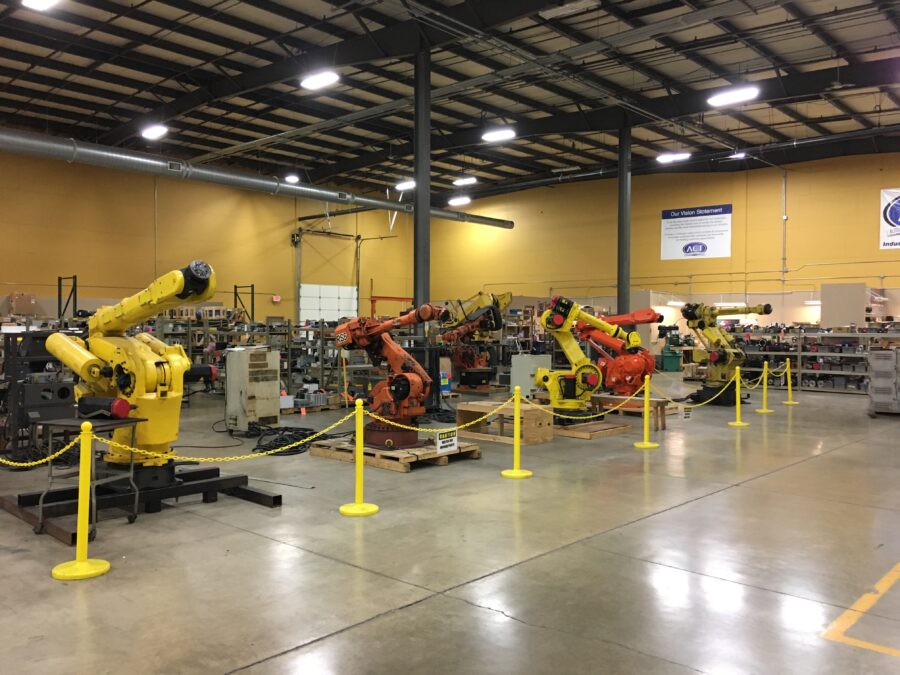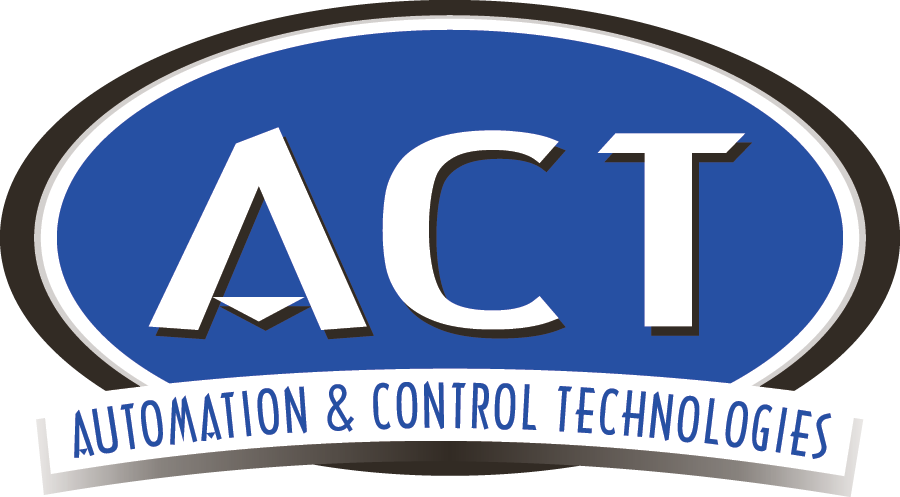
Your industrial robots should be inspected daily and a more thorough preventative maintenance plan should take place routinely. With that said, there is no true set schedule for PM’s. Robot Pm’s should scale with the harshness of their environment. Always consult the manual for information specific to your robot and move forward from there.
Heat does play a major role in the deterioration of seals, lubricants, motors, and electronics. For example, if the robot is operating in a hot environment for extended periods of time, the chances for a failure will increase non-linearly. You can always reduce the speed at which the robot is operating to reduce heat, but this might result in a loss of production.
Something else that can play a huge role is the nature of contaminants. These contaminants could include welding slag, abrasive dust, liquids, etc. An example of a harmful contaminant would include hydraulic fluid, which makes the plastic expand causing damage to the circuit boards and shaft seals. Therefore, failure and a loss in production will occur.
A base-line PM schedule could look something like this (for hours of motion, not including idle time):
Daily: Make sure to monitor the robot in regular motion and listen for any unusual noise or vibration. In addition, check for damage and leaks, while cleaning all light curtains and sensors.
Every 320 operating hours (or one month): Open the controller cabinet and remove dust from cooling fans and/or filters with compressed air. Excessive heat caused from reduced airflow is the leading cause for electronic failure. If your robot is not running, it isn’t a bad idea to let it run a few hours. As a result, this will allow the robot to stay fresh.
Every 960 hours (three months): Clean your robot with a soft brush, removing chips and particulate. Inspect all cables for damage and secure termination. Check tightness of all mounting bolts and end effector bolts, including the attached tooling and fittings.
Every 3,840 hours (one year): Analyze spent grease and clean any leakage. Have a certified robot technician add grease to fittings and the balancer housing if applicable. Make sure to use the recommended grease by the manufacturer. Using the wrong type of grease could be detrimental. After that, backup the controller memory and inspect teach pendants and cables (more with frequent use).
Every 7,680 hours (two years): Change the memory-backup batteries in the robot. Failure to do this on time could result in lost “home” settings, requiring re-zoning of all axes.
Every 11,520 hours (three years): First, you will want to disassemble, clean, and have a robot technician replace the grease on each axes. Secondly, check all the bearings.
Every 15,360 hours (fours years): Replace all robot cables and the CPU battery.
In conclusion, downtime in production can result in a loss of thousands of dollars. Your team should put a preventative maintenance plan together giving you the proper precautions avoiding unplanned and costly downtime!

Recent Comments